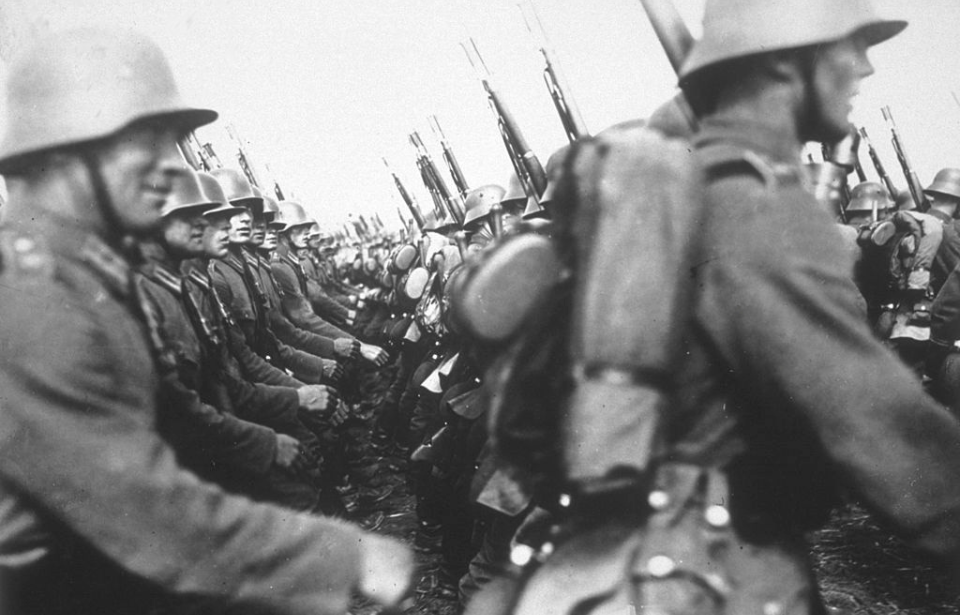In the HBO miniseries Band of Brothers (2001), Tech. Sgt. Donald Malarkey, portrayed by Scott Grimes, asks a German prisoner of war (POW) where he’s from. The response? Eugene, Oregon. The prisoner explains that his family felt compelled to answer the call of the fatherland. This raises an intriguing question: how many German Americans left the United States to fight for Germany during World War II?
The exact numbers are unknown
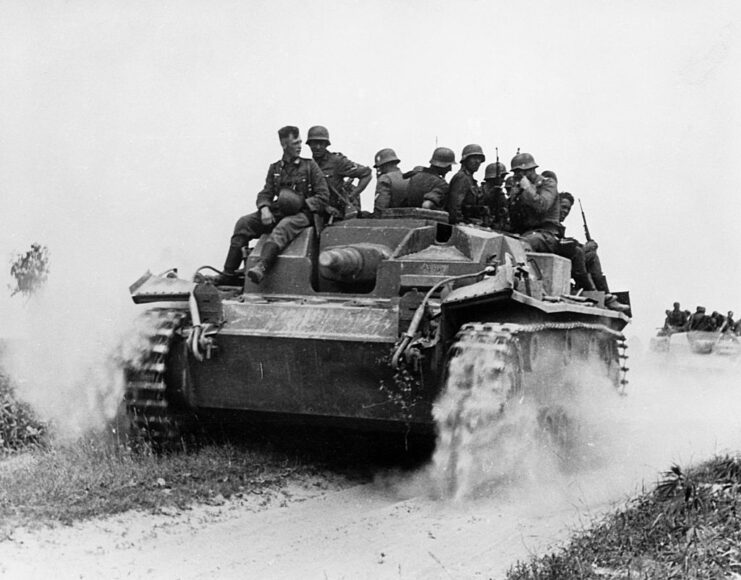
The problem with this question is that there’s no hard numbers that can be used to make a determination. There were programs and schemes prior to and during the Second World War, which encouraged ethnic Germans to return to Germany. However, the success of these approaches, in terms of enlisted soldiers, is unknown.
According to George Nafziger’s The German Order of Battle: Waffen SS and Other Units In World War II, the Waffen-SS had five German Americans within its ranks during WWII. They were classified as “US Volksdeutsche,” meaning they were of German descent. In the book itself, these individuals are listed as a footnote among other data regarding the nationality of SS personnel.
Among the programs used to encourage ethnic Germans was the Rüeckwanderer, which urged people to go to their German consulate and swear allegiance to Germany. They needed to state their intent to return to the country, after which they were given access to a special currency that could be spent in Germany.
It’s unknown how many individuals returned before the program ended, nor do we know how many fought for the fatherland.
German American Bund
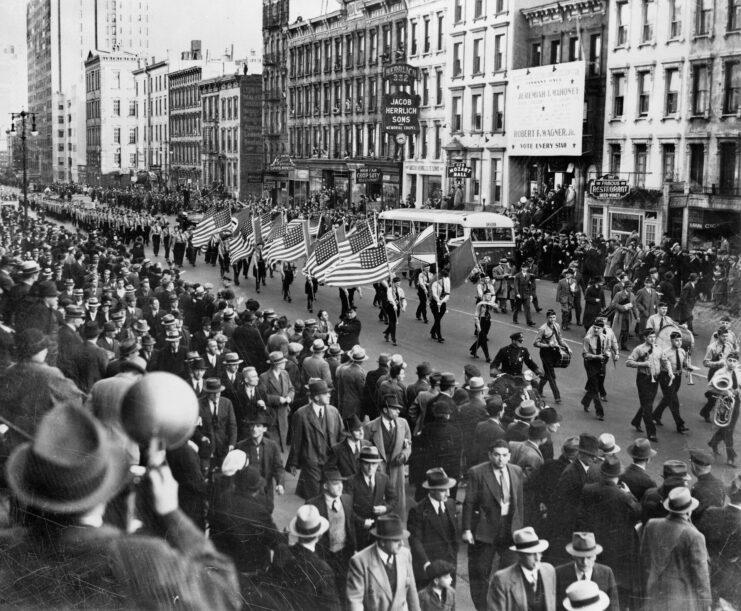
The German American Bund was an American ally of the National Socialist German Workers’ Party. While its message likely resulted in some German Americans going to Germany to fight in WWII, the organization overall was rather unsuccessful at accomplishing what it set out to do.
Organized similarly to Germany’s government, the German American Bund operated several training camps across the US. To promote Germany’s message, the organization held rallies, and, similar to the Führer, its leaders denounced Communism and spoke ill of the Jewish population.
Its first leader was WWI veteran and German-American Fritz Julius Kuhn, who was imprisoned on embezzlement charges. This led to confusion within the organization, with future leaders proving to be less effective than Kuhn.
The German American Bund was also under close scrutiny by the US government, due to its draft evasion campaign. This ultimately led to additional leaders being prosecuted – in fact, one even ran to Mexico to avoid the authorities.
The organization’s records don’t show any propaganda material calling for German Americans to return to Germany. If there were any prompts for them to fight for the fatherland, they weren’t coming from within the US.
Many important documents didn’t survive the war
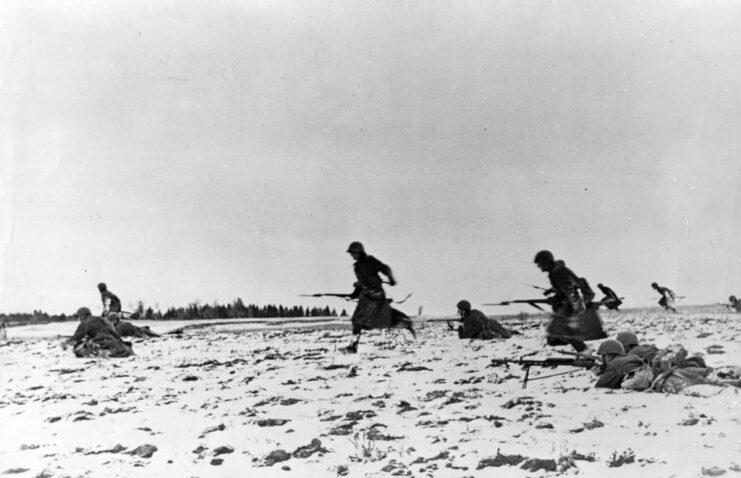
The scarcity of data may also be linked to where the majority of German losses occurred: the Eastern Front. It’s unlikely that the Soviets were concerned about the immigration status of the German soldiers they killed or captured; they would have only been focused on the fact that these individuals were German.
Another possible reason for the lack of records is the nature of the conflict itself. Bombs were dropped on cities where documents related to immigration and the repatriation of soldiers were stored. This mean it’s likely that many of these records didn’t survive, as they probably weren’t regarded as significant at the time.
These documents would represent the only records of German Americans returning to Germany to fight. The only other instances where documentation might exist would be if these individuals returned to the United States or were pursued by the Allies. If they came back to America, they would have had to account for their whereabouts and explain their activities.
Martin James Monti deserted the USAAF and the Waffen-SS
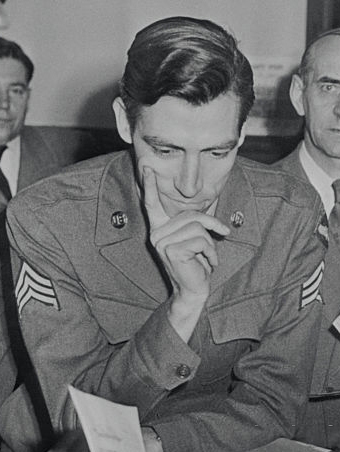
There were a few cases where non-German Americans joined the German military. The most famous was Martin James Monti, a second lieutenant within the US Army Air Forces (USAAF).
Monti grew up listening to radio broadcasts by Roman Catholic priest Charles Coughlin, who spoke highly of Germany and Italy’s fascist governments. He was commissioned as a flight officer into the USAAF in early 1944, and while stationed in Italy he stole a Lockheed P-5E Lightning. He flew to Milan, where he surrendered to the Germans.
The aircraft was tested by the Luftwaffe‘s Zirkus Rosarius unit and Monti was given a spot in the SS‘ propaganda unit, in Berlin. While on the radio, he spoke under an alias. Outside of these duties, he also helped create a propaganda leaflet that was handed out to Allied POWs.
In 1945, aware of Germany’s imminent defeat, Monti fled Berlin. At first, the Allies believed him to be a German POW, but under interrogation he revealed he’d deserted the USAAF. He claimed to have stolen the P-5E because he was “bored,” adding he did so to “personally fight the Germans himself.” He said he’d been shot down during his flight and wound up joining a partisan group.
Surprisingly, the Americans believed Monti’s story and only court-martialed him on charges of desertion and theft. While he was initially sentenced to 15 years in prison, this was later suspended by US President Harry S. Truman, on the condition he re-enlist with the USAAF, later the US Air Force. He did just that, receiving an honorable discharge in January 1948.
Immediately following his discharge, the FBI arrested Monti for his propaganda work in Germany. He was subsequently indicted on 21 acts of treason, to which he pleaded guilty and was sentenced to 25 years in prison. He served his sentence in Kansas, and at one point tried to withdraw his plea, claiming he’d been pressured to admit to the charges against him by his attorney.
Monti’s appeal was ultimately rejected, and he remained in prison until he was paroled in 1960.
Donald Malarkey said the encounter in Band of Brothers did occur
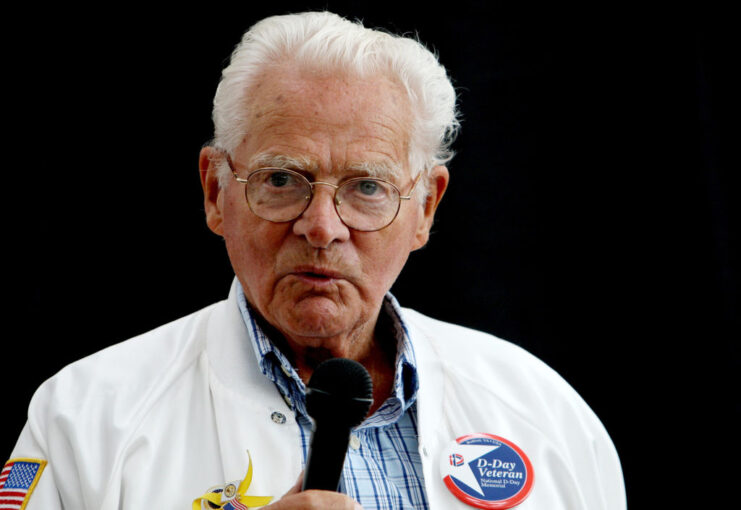
The WWII-era German-American POW depicted in Band of Brothers is believed to have been based on a real person. The real-life Donald Malarkey later recalled the incident did occur, although there are no after-action reports to corroborate his story.
Malarkey served as a non-commissioned officer with Easy Company, 2nd Battalion, 506th Parachute Infantry Regiment, 101st Airborne Division. He participated in several engagements during WWII, including Mission Albany, Operation Market Garden and the Battle of Bastogne.
More from us: Before He Was Obi-Wan Kenobi, Alec Guinness Was Part of the Allied Invasion of Sicily
Want to become a trivia master? Sign up for our War History Fact of the Day newsletter!
The truth is we’ll likely never actually know how many German Americans went to fight for Germany during WWII. We’ll also never know how common such a decision was among the 1.2 million individuals of German descent who lived in the US at the start of the conflict.
